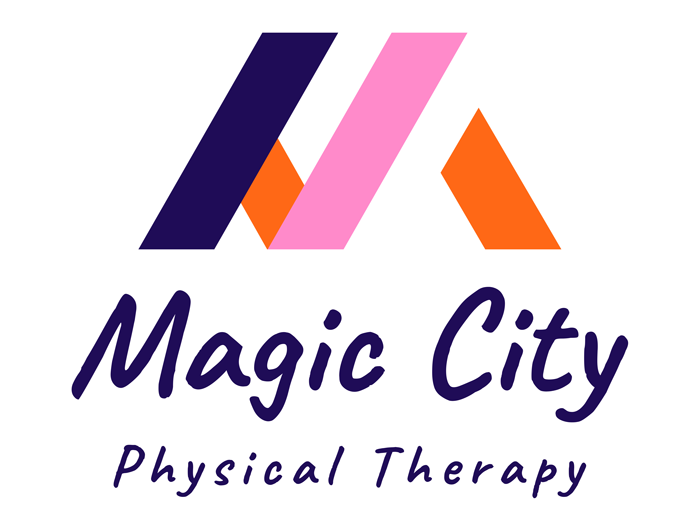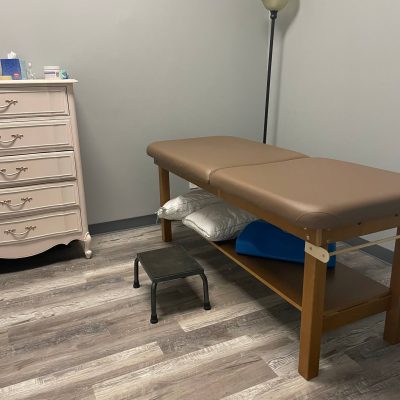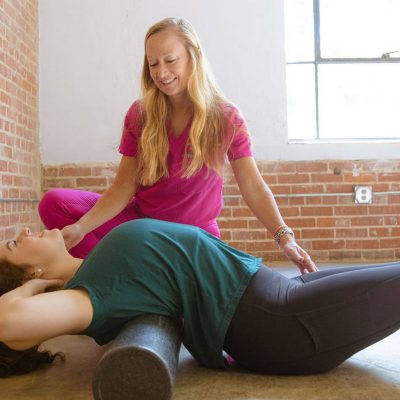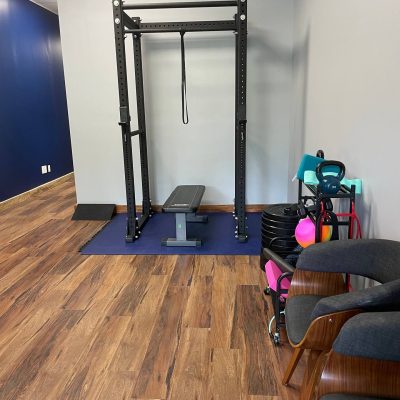When we think of squats, many of us picture a gym-goer lifting heavy weights or a fitness class instructor guiding participants through reps. However, squats are far more than a tool for building strong thighs and glutes. They’re a fundamental movement deeply connected to your body’s core strength, posture, and, perhaps surprisingly, the health of your pelvic floor.
As a pelvic floor therapist, I often recommend squats not only as a general exercise but as a targeted tool to improve pelvic floor function. Whether you’re postpartum, navigating menopause, or experiencing pelvic floor dysfunction such as incontinence or prolapse, squats can be transformative when done correctly. Let’s dive into why squats are so effective, how they support your pelvic floor, and what to consider for safe and effective practice.
Why Squats Are Essential for Pelvic Floor Health
- Engagement of Core and Pelvic Floor Muscles
The squat is a compound movement that recruits multiple muscle groups, including the quadriceps, hamstrings, glutes, and the core. What many people don’t realize is that the pelvic floor is an integral part of the core. It works in concert with the diaphragm, deep abdominal muscles, and spinal stabilizers to provide stability and support.
During a properly performed squat, the pelvic floor is naturally engaged. As you lower into the squat, the pelvic floor lengthens and relaxes slightly. On the ascent, it contracts, much like a trampoline being gently pushed and then springing back. This dynamic movement mirrors the natural functioning of the pelvic floor during everyday activities like walking or lifting.
- Improved Blood Flow and Flexibility
Squats encourage better circulation to the pelvic region, which can help support healing and prevent stiffness. For individuals recovering from childbirth or surgery, this increased blood flow aids tissue repair and reduces inflammation. Additionally, squats help maintain the flexibility of the pelvic floor, preventing tightness that can lead to discomfort or dysfunction.
- Promoting Functional Strength
Your pelvic floor doesn’t exist in isolation; it interacts with your entire body. Functional movements like squats train your body to work as a whole. Whether you’re picking up your child, carrying groceries, or simply standing from a chair, a strong and responsive pelvic floor contributes to these everyday movements. Squats mimic these natural actions, making them a practical exercise to incorporate into your routine.
Squats Done Right: Key Considerations for Pelvic Floor Safety
To maximize the benefits of squats while protecting your pelvic floor, proper form is essential. Here are some guidelines:
- Start with Bodyweight
If you’re new to squats or dealing with pelvic floor issues, avoid adding weights initially. Focus on mastering the basic movement and ensuring proper form.
- Alignment Matters
Stand with your feet hip-width apart, toes pointing slightly outward. As you lower into the squat, keep your knees aligned with your toes and your back neutral. Avoid tucking or overly arching your pelvis, as this can strain the pelvic floor.
- Breathe Intentionally
Breathing plays a vital role in pelvic floor activation. Inhale as you lower into the squat, allowing your diaphragm and pelvic floor to relax. Exhale as you rise, engaging your deep core and pelvic floor muscles.
- Listen to Your Body
If you feel downward pressure, bulging, or discomfort in your pelvic floor during squats, stop and reassess your form. These sensations may indicate overloading or improper technique. A pelvic floor therapist can guide you in modifying the exercise.
Modifications for Different Needs
Postpartum
Postpartum individuals often benefit from starting with shallow squats and gradually increasing depth as strength returns. Incorporating a pelvic floor squeeze (kegel) on the ascent can enhance recovery.
Pelvic Organ Prolapse
For those with prolapse, avoid deep or weighted squats initially. Instead, focus on half squats with an emphasis on core engagement.
Advanced Practitioners
Once strength and control are established, adding weights or combining squats with other movements (e.g., a squat-to-overhead-press) can further challenge the pelvic floor and improve overall fitness.
Incorporating Squats into Your Routine
Start small, aiming for 8–10 squats daily, and gradually increase the number as your strength improves. You can incorporate squats into everyday activities, such as sitting and standing from a chair without using your hands. These “functional squats” are a simple way to build pelvic floor strength without setting aside extra time.
Conclusion
Squats are more than an exercise for toned legs—they’re a powerhouse move for pelvic floor health. By integrating squats into your routine with attention to form and progression, you can strengthen your core, improve pelvic floor function, and enhance overall well-being. As always, consult a pelvic floor therapist if you’re unsure where to start or if you need tailored advice. Your pelvic floor will thank you for it!







